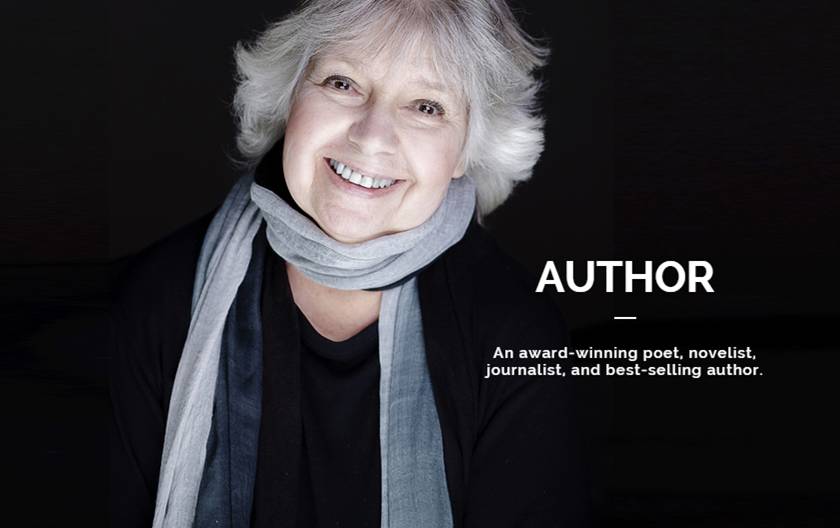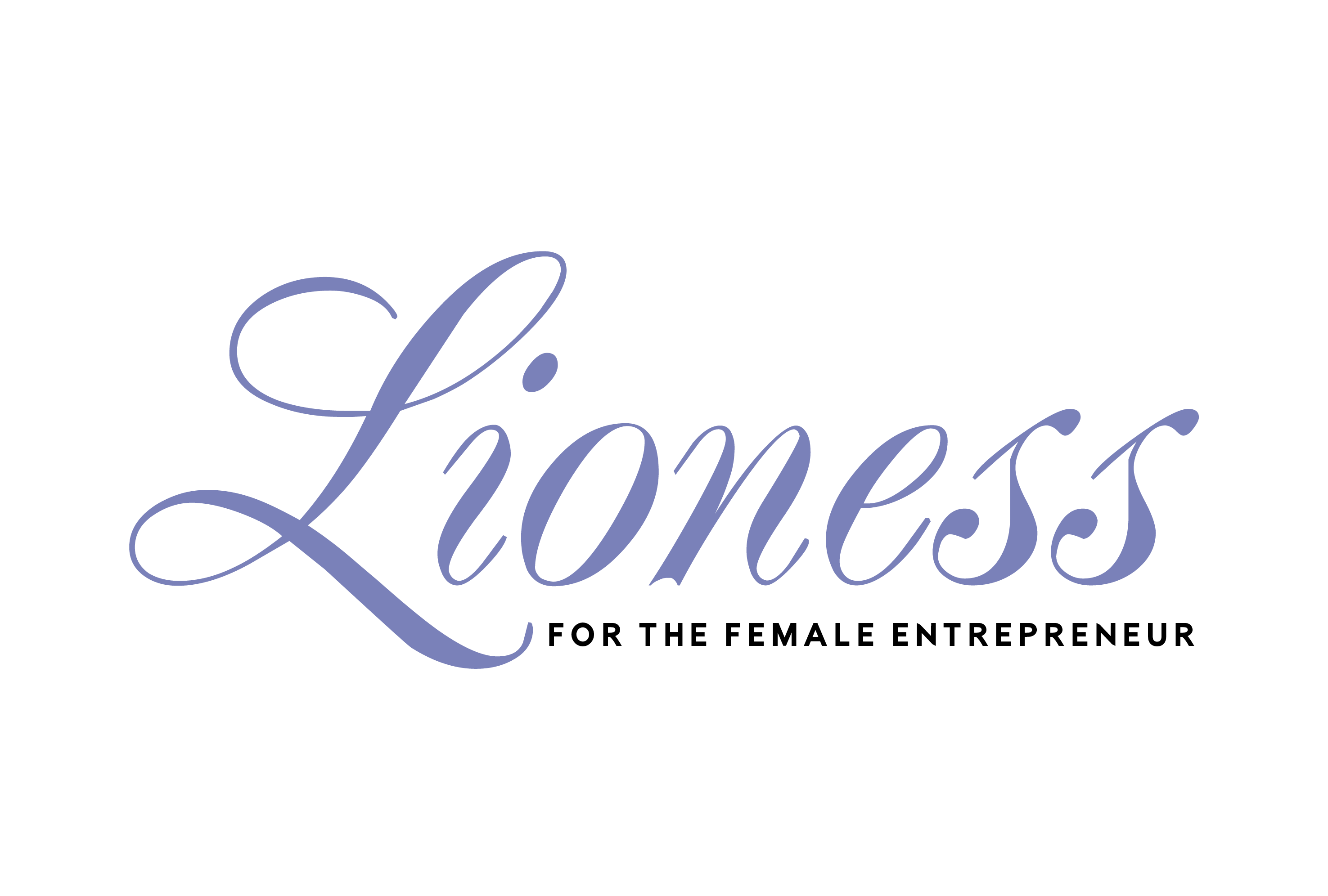 Anyone who observes the media keenly or is involved in it in any way can see one thing very quickly – women are still regularly underrepresented in the news and on other media platforms. And when women are covered or featured, all too often it involves a misrepresentation or mischaracterization that is demeaning or marginalizing.
Anyone who observes the media keenly or is involved in it in any way can see one thing very quickly – women are still regularly underrepresented in the news and on other media platforms. And when women are covered or featured, all too often it involves a misrepresentation or mischaracterization that is demeaning or marginalizing.
To learn more about this phenomenon, and to understand what those with media influence can do about it, I was honored to speak with Robin Morgan, award-winning poet, novelist, journalist, activist, and best-selling author. Recently featured in Makers: Women Who Make America, Robin has published more than 20 books of poetry, fiction, and nonfiction, and her 1970 anthology Sisterhood Is Powerful has been widely credited with helping to start the contemporary feminist movement, and was cited by the New York Public Library as “One of the 100 most influential Books of the 20th Century.”
Recipient of the National Endowment for the Arts Prize (Poetry) among other honors, and former Editor-in-Chief of Ms. Magazine, she founded the Sisterhood Is Global Institute, and co-founded, with Jane Fonda and Gloria Steinem, the Women’s Media Center. She currently produces and hosts WMC Live with Robin Morgan, a nationally syndicated weekly radio program with an international audience in 110 countries around the world on iTunes.
Robin shared her views on what the latest media research shows and what we can do about it.
Kathy Caprino: Robin, what does your latest research reveal about how the media portrays, features and covers women today?
Robin Morgan: Kathy, the key question is: Media reflect our society, but why, when women comprise more than half the U.S. population, do men still generate 62.1 percent of news?
The Women’s Media Center, now celebrating its Tenth Anniversary, has again issued its widely consulted Status of Women in U.S. Media Report – the free, downloadable “Divided 2015: The Media Gender Gap.”
Here is just a sampling of what we found:
– In evening broadcast news, men were on camera 68% of the time.
– On Sunday morning TV news shows, men were 74% of the guests.
– In print, men wrote 62% of all stories in 10 of the widest circulated newspapers.
– On the wires, men wrote 62% of content.
– Women writers, producers, executive producers, directors, and editors of prime-time TV entertainment represent only 27% of that entire workforce.
– At Facebook, Google, and Twitter, men accounted for 70% of the workforce in 2014.Among executives, the male percentage was even higher.
– In the now acknowledged “male culture” of social media, female users suffer sexual insults, rape and death threats, and stalking.
I could go on and on, but you get the drift. Sexism infects our media. The industry’s corporations are owned (and largely staffed, especially at the top) by men, the majority European-American—what I roguishly call “pale males”—who tend to hire folks resembling themselves.

The good news is that women (and men of conscience, in enlightened self-interest) have made progress over decades of organizing, educating, and pressuring for change, and there are things large and small we all can do to further improve how women are defined and treated. Whether we work in media or not, we all consume it, so this activism has an added benefit: rewarding ourselves with news and entertainment that actually,accurately reflects reality.
Caprino: For all those men and women in the world who want to make a positive difference for women, and who have media clout or power, what can they do – specifically – to change our culture’s limited perceptions, biases and projections about women?
Morgan: Here are 10 starting points. If you work in media, you can adopt them. If you work in other fields, you can adapt them. We can all persuade and influence helpfully to ensure their use.
1. Practice the rule of reversibility.
Never describe a woman by adjectives you wouldn’t apply to a man (“shrill,” “feisty,” “emotional”). Don’t say she lacks professional training but he “worked his way up.” Don’t ask her if she’s running as a women’s candidate unless you ask him if he’s running as a men’s candidate.
2. Fix that pipeline.
Commit to hiring practices that prioritize women, and also men of color, and be wary of the unconscious, systemic sexism and racism that avoids promoting them, even when they’re clearly qualified. Lip service and tokenism are over; encouraging as improved on-camera diversity is, we mustn’t settle for cosmetic change when executive offices are where the power resides.
3. Walk the talk.
Being genuinely inclusive means a more family-friendly workplace. Maternal leave orprimary caregiver leave sound good, but in practice get used to discriminate against female employees. Parental leave should be required because fathers are still considered more employable than mothers; family leave is best as it covers caring for all family matters.
4. End false equivalency.
“Equal time” can get ridiculous. When reporting on 150,000 demonstrators marching for equal pay, journalists and editors should not give the same amount of airtime or column space to 50 anti-equality protesters lining one block of the route. Mention them, but in passing. False equivalency misleads the media consumer and violates good journalism practice.
5. Connect the dots.
Example: Journalists covering famines caused by overpopulation should include more information on the whole story (and solution): when women are free to become educated and control their reproductive lives, population numbers fall drastically and naturally.
6. Ask the audacious question.
Think about this: When over 300 people violently vanish into enslavement, might the UN Security Council go into emergency session, or the U.S. airdrop Special Ops teams for a search-and-rescue mission? Yet when those 300 people were Nigerian schoolgirls abducted and enslaved by Boko Haram, the media never asked that question even rhetorically, and the world shrugged. What does that say about how we value the lives of female human beings?
7. Tell the whole truth.
Good journalism ought to mean doing one’s homework, and reporting as if women—half of humanity—mattered. Item: the unreported-by-mainstream-media story that women are more vulnerable to radiation exposure than men, and girls twice as likely to get cancer from radiation exposure as boys [2006 National Academy of Sciences Report]. Yet “safe dose” radiation standards are outrageously based on a white male adult “reference man,” leaving children, women, and populations of color more vulnerable to illnesses and death from ionizing exposures than recognized by industry “standards.” [“Invisible Victims” by Heidi Hutner, Ms., Summer 2015, pp 14-15]
8. Follow up.
The follow-up story is just as or even more critical than the follow-up interview question. Example: grave side effects associated with the new “Viagra for women” drug werereported in a New York Times exposé. But when—under pressure from pharmaceuticals and despite protests by the women’s health movement and leading doctors—the FDA reversed itself and approved the drug, no further news reports were made about the ongoing, serious health risks involved.
9. Practice parallelism.
Anxious about describing a group or person who likely has endured stereotyping? Try making a parallel with a group/person not subject to stereotyping. If men have “brown hair,” why are women “brunettes?” And no more “actress” or “seamstress”: it’s “actor” and “tailor” for both sexes. Check out the wealth of gender-free alternatives inUnspinning the Spin: The Women’s Media Center Guide to Fair and Accurate Language, by Rosalie Maggio. “PC” can simply mean “plain courtesy.”
10. Become a media outlet yourself.
If reading this made you mutter “I never realized that,” then spread the word. Talk to friends and colleagues about their getting, literally, only half the story. Don’t permit the casual sexist or racist “joke” to go unchallenged. Don’t let wild-eyed-fringe folks be the only ones bringing pressure: write those emails to the editor/sponsor/producer/politician. Men have a crucial role: convince other men.
We need to continue to sound an alarm that we all—women and men–deserve and demand the whole story. The media is still the message.
This article originally appeared in Forbes.






Add Comment